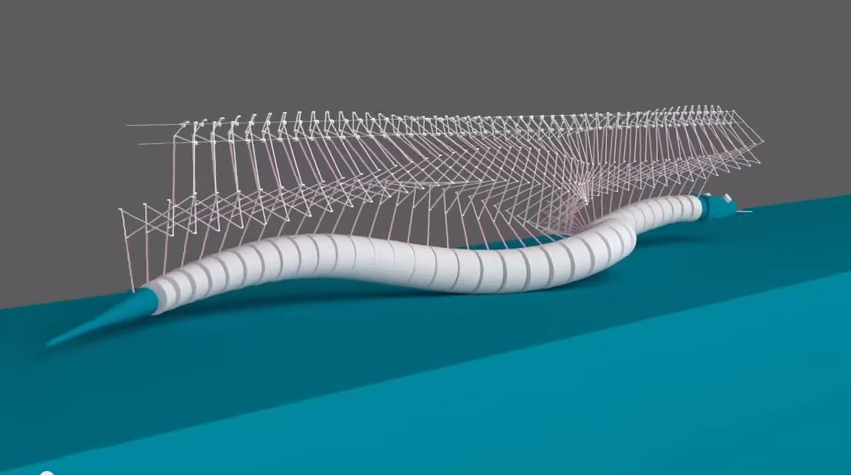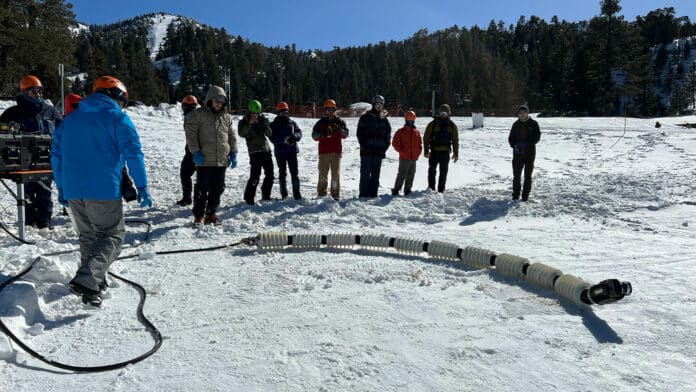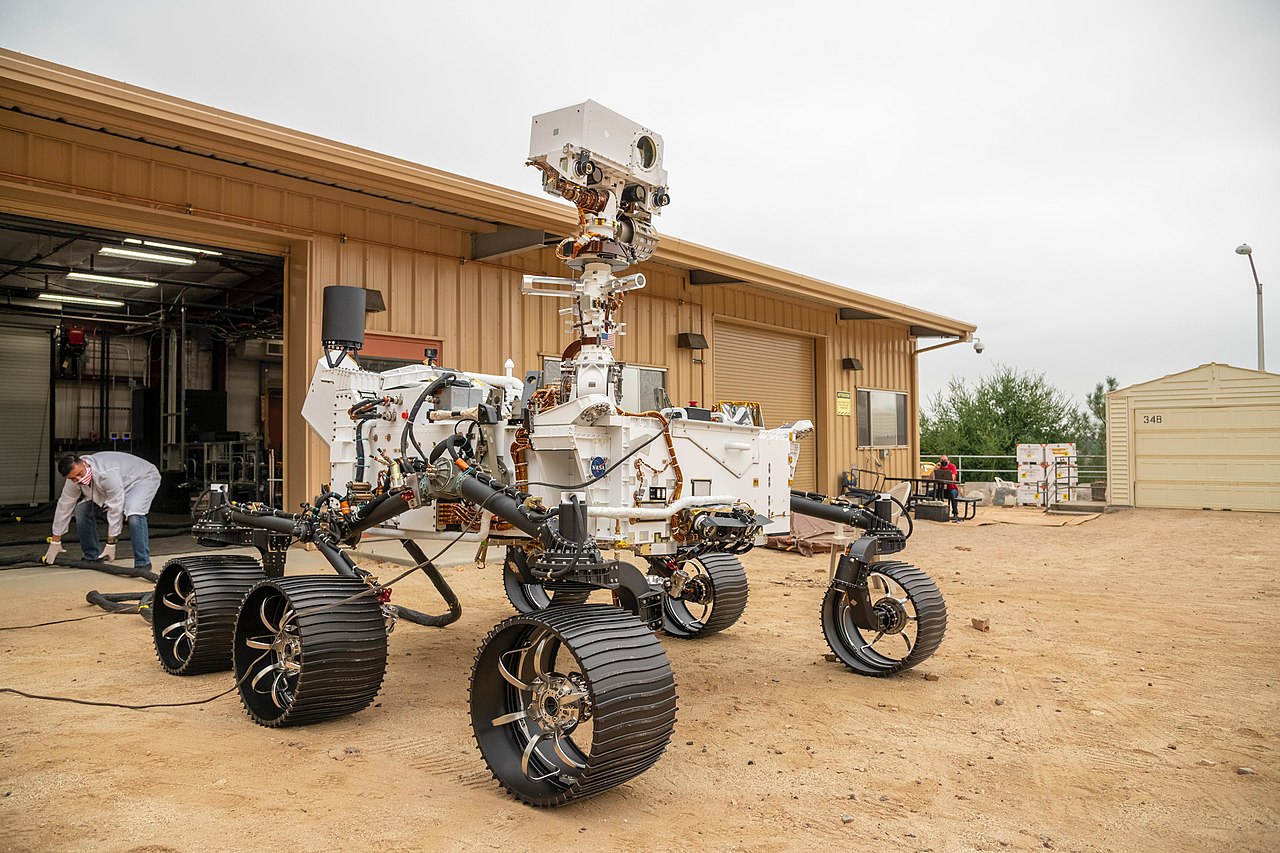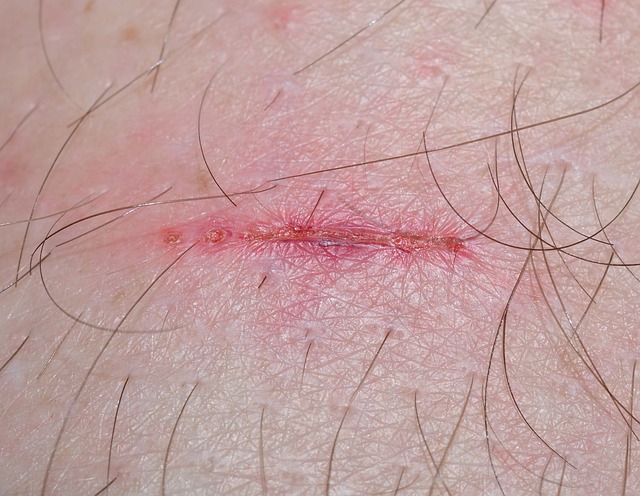Recently, researchers have been studying how the use of smartphones, tablets, and other devices is affecting joints and muscles. For some people, believe it or not, usage leads to physical pain and psychological stress. But researchers are getting better and better at understanding how this occurs and are better positioned than ever to come up with fixes.
Part of what is helping is recent breakthroughs in biomechanical simulation of living creatures including people, snakes, horses, fish, insects, birds, ocean creatures and more. Traditional models of Newtonian mechanics are being replaced by newer models that better estimate torques and other forces that affect bodies. New simulations of people and animals now include a full set of muscle actuators, soft tissues, and musculoskeletal systems and a deeper insight into how things work is the result.
Realistic Biomechanical Simulation & Control
Breakthroughs are the result of cumulative advances in medical image computing, mathematical modeling, computer simulation, computational biomechanics, musculoskeletal mechanics, cardiovascular fluid mechanics, biomaterials, rehabilitation engineering and more. Many of these advances have been bolstered by the availability of advanced gaming technologies, computer graphics, CAD and virtual reality systems.
Dynamic simulations of such things as a simple vertical jump, or any other physical movement, are becoming much easier to model.
Big Implications for Medicine & Robotics
Doctors, for example, are now developing “surgical scene generation” technology to allow very realistic virtual reality training in medicine and surgical procedures are being re-written as a result of new insights.
In robotics, biomechanical modeling is beginning to influence the design of robots who are becoming more lifelike by the day. Many of these advances depend on the recent development of new signaling technologies that help mimic circulatory and ventilatory systems, as well as motor nerves and the central nervous system.
On a smaller scale, breakthroughs in control of cells on the molecular and nano levels are leading to a better understanding of how larger parts of living systems function.
Following is a video illustrating advances in modeling of living systems:
References and related content:







